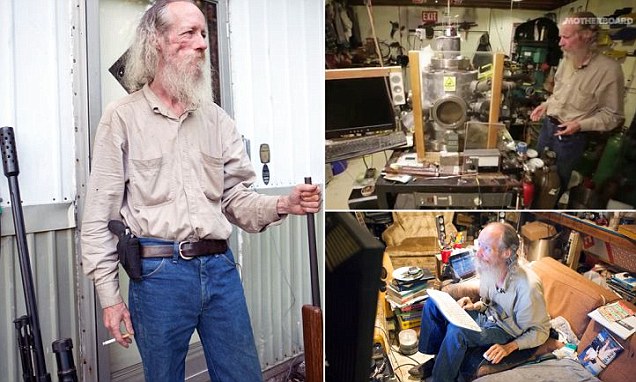ancona
Praying Mantis
DC,
You are one of few people I know that can make my brain hurt by slamming me with a bolt of knowledge. ;-)
You are one of few people I know that can make my brain hurt by slamming me with a bolt of knowledge. ;-)
Welcome to the PMBug forums - a watering hole for folks interested in gold, silver, precious metals, sound money, investing, market and economic news, central bank monetary policies, politics and more.
Why not register an account and join the discussions? When you register an account and log in, you may enjoy additional benefits including no Google ads, market data/charts, access to trade/barter with the community and much more. Registering an account is free - you have nothing to lose!
That would work out to right around 250.85 kw/hr a day. They are claiming under half that. Over 50% of the available energy isn't extracted by this design.
And I must agree that most of the experimental vortex ones I've seen demoed here & there on the internet seems to be put together very roughly. I wonder how they would benefit (if at all) from the blade/rotor designs, following the ones of Schauberger. These are quite tough to build, though, complex shapes, and very little info on them, actually.. But maybe even regular, hydrodynamic ones, would do better, than these ubiquitous "paddles"

He lost me when he says "water doesn't always follow scientific rules" - that's baloney, pure and simple. Yes, it does, and it always does, just that the real rules are past the comprehension of some (most) people - they are indeed very complex, and like the three body problem, there's no closed form of the hydrodynamic equations that is predictive in the presence of turbulence. You have to use perturbative simulation, and most people can't do that with calculus in their heads.
I very much - no make that extremely, no, would bet my life - that there is no temp drop in the presence of energy being dissipated by friction (water-water or water-solid) - that isn't more than compensated by a rise elsewhere and the net loss of energy in the water. Someone just didn't measure it accurately - or someone has just found the key to perpetual motion and has the most world saving ground breaking discovery in all of recorded history. QUOTE]
Dont write off the practical knowledge of water flow management just because of this statement. Sure it follows rules, just too complex for Mr Werdenberg ( and me )
Well im not placing or taking bets but theres a reason why Schauberger got pressganged into the Third Reich's 'skunkworks' and why the Russians and the Allies moved fast to secure all his work at the end of WW2.
Got to be careful not to get caught up in the myths and disinfo though .......
I don't think I could do this job with a digger,
............And man, it's hot - high 80's today - do we need a "man, it's hot" thread?

